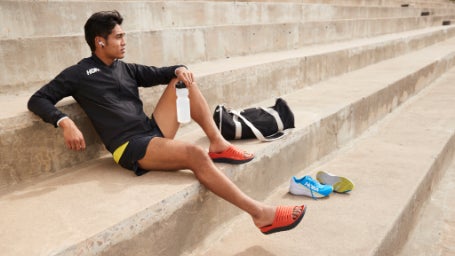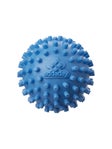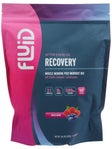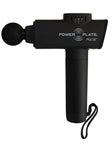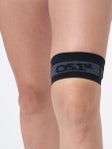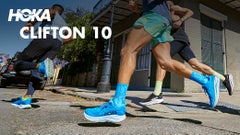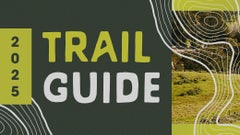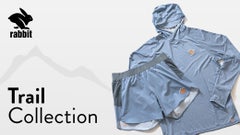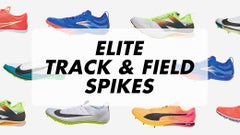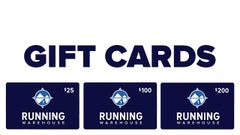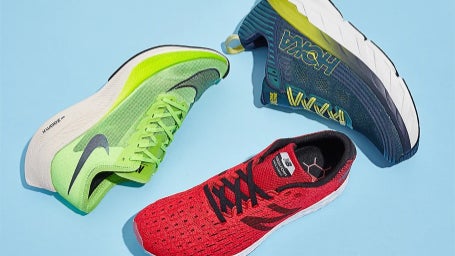

How to Build A Running Shoe Rotation
What is a Shoe Rotation?
Heard of the term "shoe rotation" but aren't sure where to start? Different running shoes are designed for different purposes and deliver unique experiences to every run. While you can get by with only one pair of running shoes, there are a few reasons why having a "rotation" of shoes in your stable can benefit your running.
From delivering better performance for specific runs, reducing the chance of injury, and extending the life of your shoes, having a quiver of running shoes can help make every type of run that much easier and more fun! Below, we break down all the different types of shoes you need to build your running shoe rotation.
From delivering better performance for specific runs, reducing the chance of injury, and extending the life of your shoes, having a quiver of running shoes can help make every type of run that much easier and more fun! Below, we break down all the different types of shoes you need to build your running shoe rotation.
How to Rotate Your Running Shoes
Along with using your different running shoes for the specific runs that best match their design, here are a few steps to rotate your running shoes...
STEP 1: Prioritize your daily running shoe first. Once you find the shoe that works best for your everyday runs, we recommend using that shoe's fit, stability level, and offset as a reference when adding shoes for speed, long runs, or race day.
STEP 2: Rotate your shoes with your workouts. As you incorporate longer runs and speedier runs into your weekly training, alternate the shoes you wear according to those purposes. Additionally, if you run trails often, it is beneficial to utilize a trail running shoe designed specifically to have the traction and durability needed to take on off-road terrain.
STEP 3: Replace your shoes as they wear out. Keep track of mileage and wear on your running shoes and be sure to replace them when they show signs of wearing out. This is important for reducing the chances of running injuries.
STEP 1: Prioritize your daily running shoe first. Once you find the shoe that works best for your everyday runs, we recommend using that shoe's fit, stability level, and offset as a reference when adding shoes for speed, long runs, or race day.
STEP 2: Rotate your shoes with your workouts. As you incorporate longer runs and speedier runs into your weekly training, alternate the shoes you wear according to those purposes. Additionally, if you run trails often, it is beneficial to utilize a trail running shoe designed specifically to have the traction and durability needed to take on off-road terrain.
STEP 3: Replace your shoes as they wear out. Keep track of mileage and wear on your running shoes and be sure to replace them when they show signs of wearing out. This is important for reducing the chances of running injuries.
What are the Different Types of Shoes in a Rotation
Every runner's shoe rotation will be different based on their needs and personal preferences, but generally, a rotation should be designed to accomodate every type of running workout you may encounter. The most popular types of shoes in a rotation would include an all-around shoe for daily training, a max cushion for long runs, an uptempo shoe for fast runs, a trail running shoe (or a rotation of trail shoes), a race day shoe, and a recovery run shoe (which can be the same shoe you use for long runs). We have broken down our top picks for each type below.
All-around running shoes are the building block of a shoe rotation and are the best option for daily training runs. If you are just getting started, we recommend choosing an all-around running shoe. These shoes balance enough cushioning for comfort but can still handle those faster workouts and cross-training days.
Our Top Daily Training Picks
For those looking to build out a shoe rotation, the next pair to add to your quiver is a highly cushioned shoe for long runs and easy runs. These models prioritize maximum protection over speed and are ideal for long, slow runs or for runners who want soft cushioning for their daily runs and walks. Those who don't prioritize speed workouts in their training may choose a max cushion shoe for all their training and racing needs.
Our Top Max Cushion Picks
Once you start racking up those miles, it is important to start working on speed. Adding a Fast Run shoe to your rotation will make those speed workouts both easier and more fun. These shoes sacrifice some comfort to deliver a fast and bouncy ride that assists the runner on their uptempo runs.
Our Top Fast Run Picks
For those who like to take their runs off the pavement, a trail running shoe is an important addition to your running shoe rotation. These shoes offer durable uppers and more aggressive traction on fire roads, singletrack, and mountainous trails. Those who run trails often may want to consider developing a rotation of trail-specific shoes as well, dedicating shoes specifically for fast trail runs, long trail runs, more technical trail runs, and even wet/muddy trail runs.
Our Top Trail Running Picks
Top Trail Running Essentials
From 5K races to full marathons, racing shoes are designed to help propel you forward with speed and efficiency. Sparing no cost, these shoes feature the brand's top-of-the-line technology, such as super responsive foams and carbon plates, to help the runner reach that elusive PR on race day.
Our Top Road Racing Picks
Recovery and rest days can be just as critical to your training as any workout. Recovery runs should be easy and slow, and we recommend choosing a well cushioned shoe that reduces the impact on your legs and feet so you can feel fresh for your next workout. These shoes may be the same ones you choose for a long run.
Our Top Recovery Run Picks
Our Top Recovery Products
Be sure to optimize your running recovery by incorporating foam rolling, massage, recovery sandals, and recovery nutrition.
Related Articles

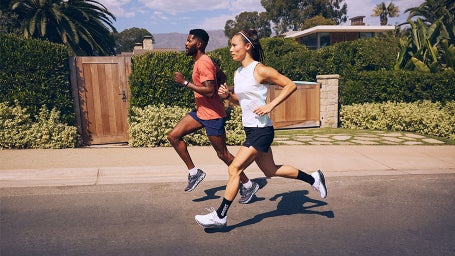
Gear Guides
How to Pick the Best Running Shoes
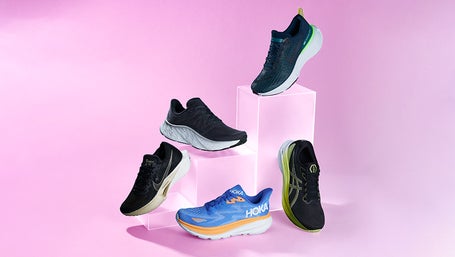
Gear Guides
The Best Running Shoes of 2025
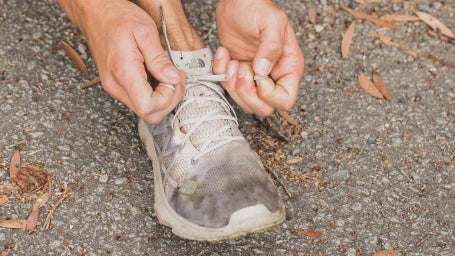
Gear Guides
How to Make Your Running Shoes Last

Gear Guides
The Best Stability Shoes of 2024
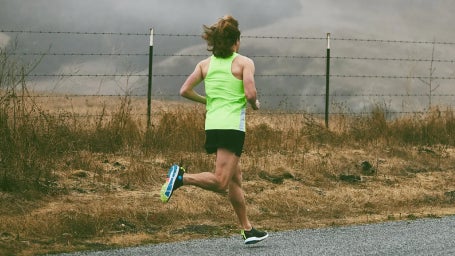
Gear Guides
Is it Time to Replace Your Running Shoes?
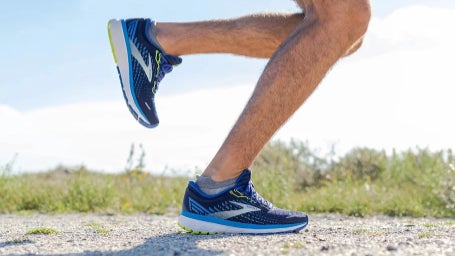
Gear Guides
What Is Pronation? Do you Need Stability Shoes?

Gear Guides
How to Lace Your Running Shoes for Improved Comfort
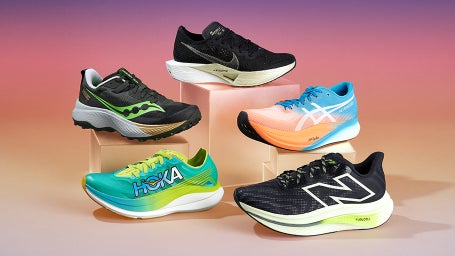
Gear Guides
The Best Carbon Plate Running Shoes of 2025
